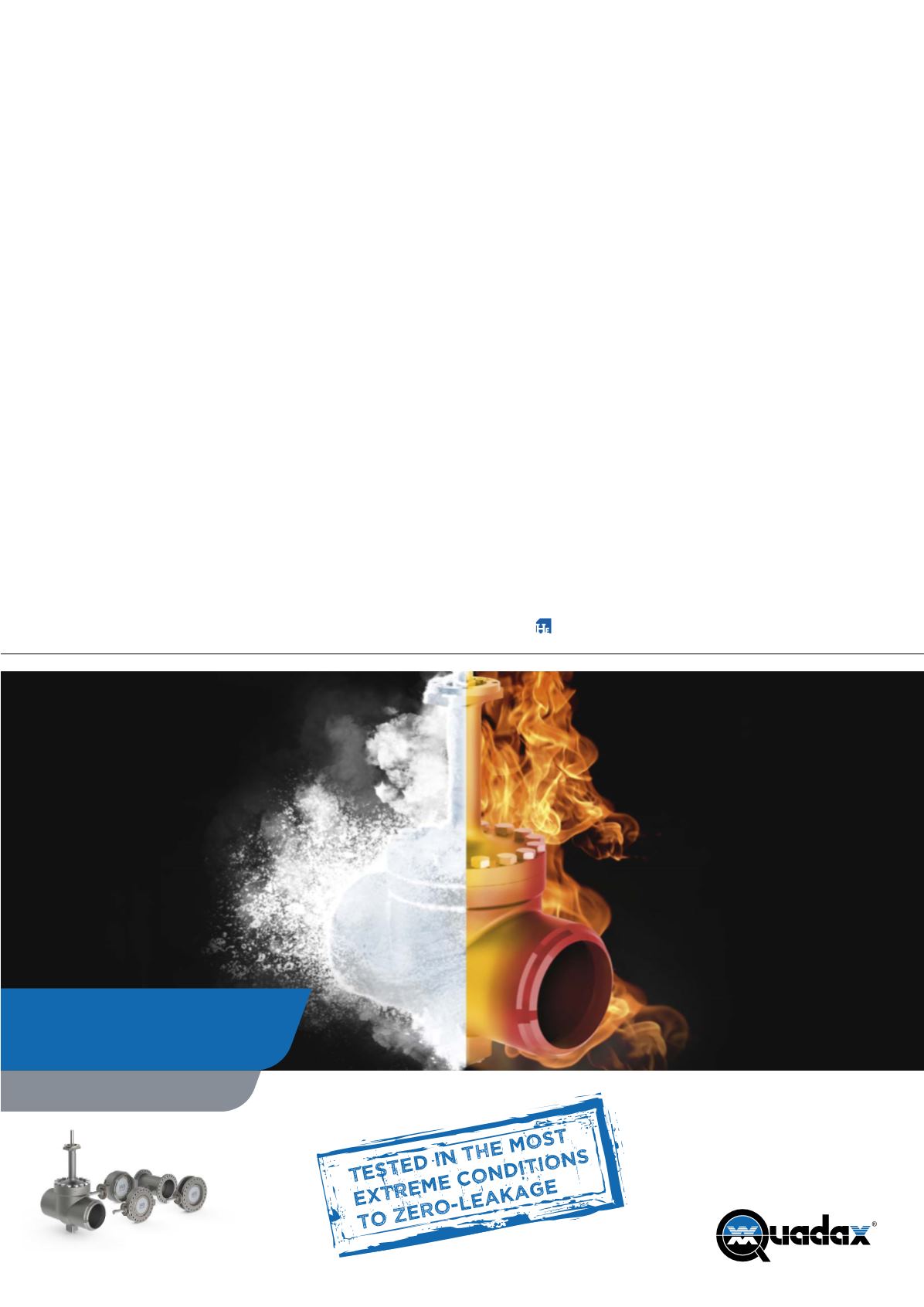
facilities, but may be limited in the area where it could
use it. Often, the users would have to fill out a ‘hot work
permit’ to enter locations deemed to be Zone 2 or
Class 1; Division 2, which would be time consuming and
require the use of more low-tech devices along with the
camera. Now, the certification accompanying a device
allows a more efficient and streamlined process to utilise
the ‘sixth sense’ of gas detection, empowering more
organisations to easily increase a culture of safety in
their workplace.
The inherent safety of distance and
accuracy
A primary safety benefit that doubles as a safety culture
benefit is the visual range of OGI cameras, which offer
the ability to visualise unsafe conditions from a safe
distance. Refinery employees can judge whether an area
contains a toxic gas build-up, sparing them exposure to
the gas that would be required to set off a wearable,
beeping gas monitor. In fact, there are often times where
a wearable monitor will not alarm in an area where there
is a gas leak, as the ‘alarm’ concentration level of the leak
in that location is just far enough away from the device
that it does not go off. In a case like this, the operator is
still in a dangerous area, albeit a foot or so away from an
alarm level, without knowing the dangerous situation
they are in. An OGI camera would visualise this gas leak
from a safe distance and ensure a safer working condition
in the facility.
Likewise, workers tasked with gauging large tanks can
assess the emission characteristics of the tank before
placing themselves in any potential cloud. Employees in
this situation can easily scan in the direction of the wind
flow, giving them the opportunity to select a safer
position on the catwalk or, if no gas is visible, give an
all-around all clear for safer measurement. OGI gives
employees actionable, precise information about the
hazards that exist in their immediate surroundings,
without endangering personnel.
The technology also accurately identifies leaking
components, not just the presence of gas in an area.
Operators do not need to stand within the gas cloud
during use, or hunt around to find the source of a leak,
which can be inaccurate.
Strengthening the safety culture
Hazardous location certified OGI technology not only
enhances safety monitoring for oil and gas applications
but also strengthens an organisation’s culture of safety.
The technology can protect personnel by showing the
safety threat from a distance, before a worker is
necessarily in harm’s way. It empowers personnel to
establish the facts of an unsafe situation in order to
seek a swift remedy. And as the technology is broadened
to be used in locations deemed to be hazardous, more
vigilance can be applied to the safety of an operation
while simultaneously accurately locating the leak
source.
müller co-ax group
quadaxvalves.comMADE FOR THE EXTREME
ICE AND FIRESAFE
-454 °F TO +1472 °F








